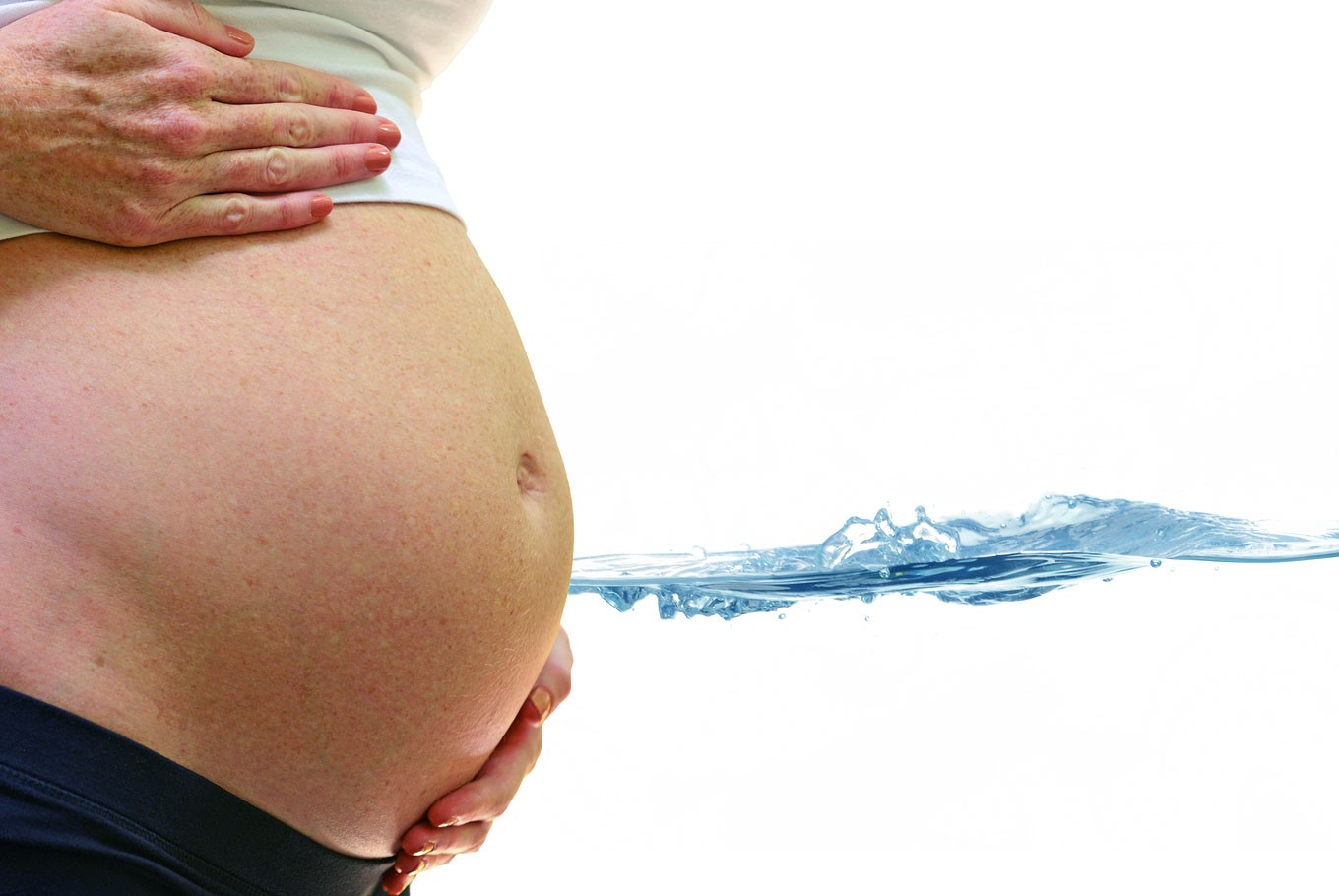Popular Reads
Top Results
Can't find what you're looking for?
View all search resultsPopular Reads
Top Results
Can't find what you're looking for?
View all search resultsFive things you need to know about water birth
Although it seems like a water birth offers more comfort than conventional labor methods because of it being underwater, it is not completely risk-free.
Change text size
Gift Premium Articles
to Anyone
W
ater birth is one of many labor methods that takes place in a warm water-filled pool. Has it ever crossed your mind to undertake labor underwater? If so, let’s dig in further about the methods to do it properly. Although it seems like a water birth offers more comfort than conventional labor methods because of it being underwater, it is not completely risk-free.
Things you need to know about water births
Giving birth using an uncommon method like this needs more effort in terms of preparation. Even more, very few hospitals in Indonesia offer this kind of labor method.
Water birth offers some advantages for the mother and baby
Water helps keep blood pressure low so that helps reduce the mother’s anxiety. Water also lowers hormone levels that are related to stress, causing the mother's body to produce more endorphins, which helps ease her pain. This method also helps reduce vaginal tearing due to water making the perineum layer more elastic. For the baby, it provides similar surroundings to a mother's amniotic fluid, so the baby feels more at home.
Eases the first stage of labor
Using the water birth technique during the first stage of labor (where the cervix widens and contraction occurs) helps reduce pain, so you won’t need anesthesia anymore, which could also speed things up. The warm water helps calmed your body so you’ll feel relaxed and have more control over how you feel. This can help store more energy needed when giving birth. You can also have more moving space than a common labor bed.
Not yet proven safe for the baby in the second stage of labor
The second stage of labor is where the cervix is fully opened, making a pathway for the baby to exit. Doctors have not yet decided the safest way to extract the baby during this stage. Aaron Caughey from the American Congress of Obstetricians and Gynecologists (ACOG) recommends the mother to be outside of the water during the second stage of labor, as reported by webmd.com. This is to make sure the doctors can act quickly if any unplanned decisions need to be made, such as having to conduct a C-section. ACOG also states that water births are not yet scientifically proven to have benefits for both the mother and the fetus.
(Read also: What no one mentions about vaginal birth)
The risk for both the mother and baby
Babies that undergo stress during a water birth may trigger them to breathe underwater. This can cause serious complication for the baby’s respiratory system, such as meconium aspiration, but do note that this rarely happens. Meconium aspiration occurs when a baby inhales a meconium (baby’s first excreted feces) that appears in the amniotic fluid during labor. Water births can also cause damage to the umbilical cord when the baby is pulled out of the water. This however can be prevented by moving the baby carefully to the mother’s chest. Furthermore, water births may cause the baby to undergo seizures or breathing difficulties, also causing his or her temperature to be too high or too low. The mother and the baby also have a chance of getting an infection.
To avoid the baby suffering a respiratory problem during a water birth, it is best that the mother keeps the baby’s head and body underwater when the baby’s head starts to appear. This is to avoid the baby’s breathing reflexes from being activated too soon. Both should be kept in a relaxed state until the last contraction pushes the baby away. Babies will not breathe until they come into contact with air as the attached umbilical cord is still distributing oxygen from the mother’s placenta.
Not everyone can have a water birth
Giving birth underwater has its own risk for the fetus and the mother. To minimize chances of such risks, the mother has to be in a prime healthy condition. You are not allowed to do a water birth under the following condition:
- You are under 17 years or over 35 years of age
- You have pregnancy complications, such as pre-eclampsia, gestational diabetes or gestational hypertension
- You are having twins or more
- It is premature birth as these babies need special care
- Your expected baby is overly large or/and above average in size
- Have a history of C-section, or have had difficulties during previous labor
- Your baby is in a breeching condition, which means a C-section needs to be done
- Are suffering any kind of infection. (kes)












